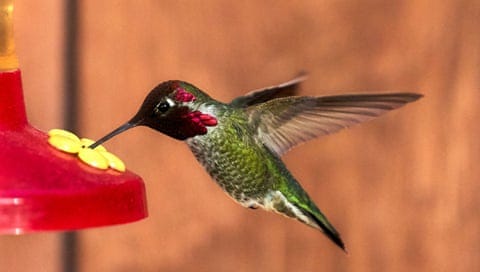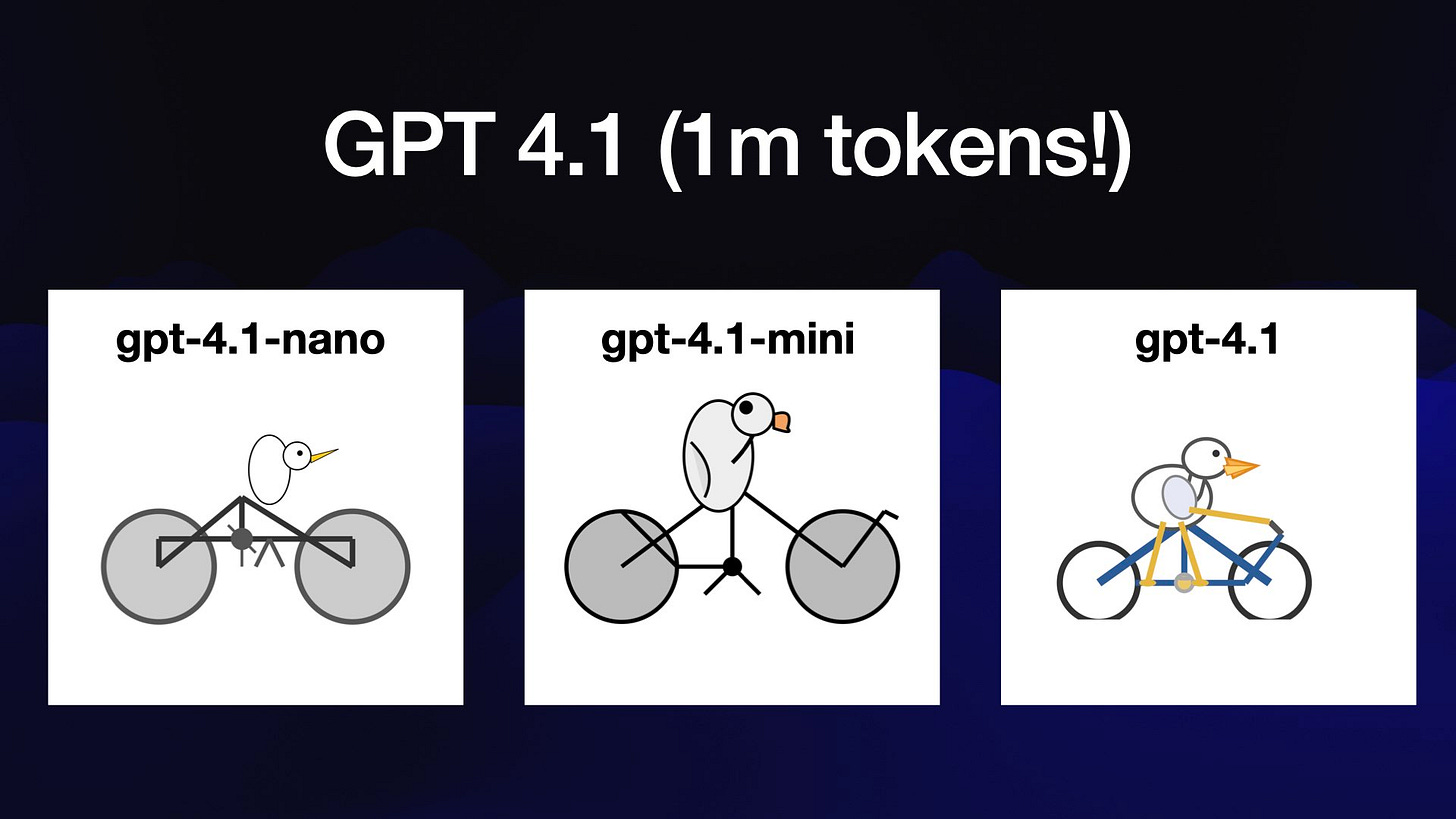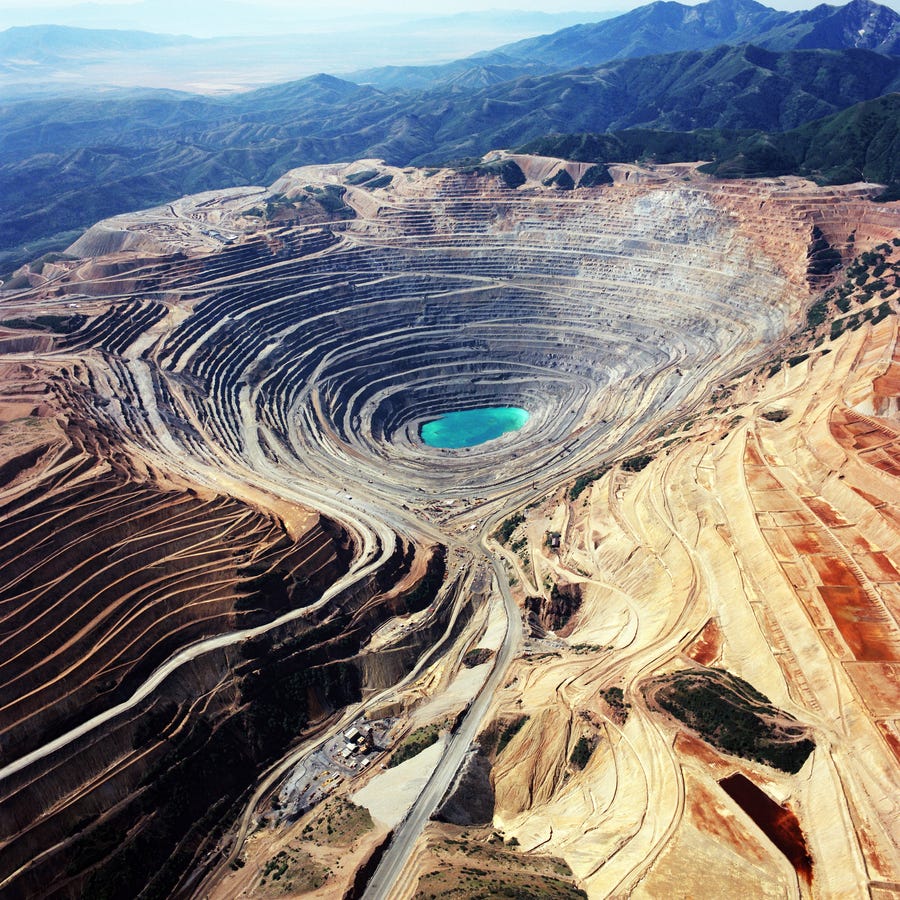#56: Horsepower, Lasers, Ashes in Space, Breakfast, Vaccines, Copper Shortage, and more!
Hi everyone!
I’ll be honest, I procrastinated a bit too much this week, so I didn’t have the time to write a proper introduction for this newsletter. But perhaps everyone skips the intro anyway?
That being said, this edition is once again filled with cool and silly things I found on the internet this past month.
Enjoy!
Xavier
ㅤㅤㅤ
🤓 Cool Stuff I Found on the Internet
Pinguin topple
Here's proof that scientists can really research anything. A popular myth, originating from the 1982 Falklands War, suggested penguins would topple backwards while watching aircraft flying over. To test this, researchers from the British Antarctic Survey flew helicopters over penguin colonies and found that not a single one fell over.
ㅤㅤㅤ
Shaping hummingbirds
A recent study reveals that hummingbird feeders are driving rapid evolutionary change in Anna’s hummingbirds. To better exploit the reliable, artificial nectar source, their beaks evolved to become longer and more tapered. Researchers dub them the “pigeons of hummingbirds” for their success. This provides a rare example of a species thriving because of human activity.
ㅤㅤㅤ
Inhaling Caesar
Ever wonder if you share the same air as historical figures? This article uses some simple approximations to show that every breath you take likely contains about one molecule from Julius Caesar’s last breath. It’s a fun introduction to “napkin math,” showing how simple calculations can yield powerful “insights”.
ㅤㅤ
Firing lasers at mosquitoes
This Kickstarter promises a portable mosquito-killing machine that uses LiDAR and a laser to neutralize up to 30 mosquitos per second. It has a range of 6 meters and can run for 16 hours on a power bank. We don’t have a mosquito problem in our house, but I kind of want to have that problem now, so I can justify buying this!
ㅤㅤ
Why honey never spoils
Ever wondered why honey seems to last forever? It begins as sugary flower nectar, a substance that should be a perfect breeding ground for bacteria. However, honeybees are master chemists. They transform the nectar by removing most of its water and adding their own enzymes to make the honey more acidic. This combo creates a hostile environment where bacteria can't grow.
ㅤㅤ
⏳ On this day...
1493 – Hartmann Schedel's Nuremberg Chronicle, one of the best-documented early printed books, is published. This highlights early advancements in printing technology and the dissemination of knowledge, a foundational step in information sharing.
1995 – Chinese seismologists predict the Myanmar–China earthquake, reducing the number of casualties to 11.
2001 – Space Shuttle program: Space Shuttle Atlantis is launched on mission STS-104, carrying the Quest Joint Airlock to the International Space Station. This is the primary airlock for the ISS and is still in use today!
ㅤㅤ
🧠🤖 Artificial intelligence
Ultimate AI test: drawing
Newly released AI models are always subjected to all kinds of benchmarks to determine how good they are relative to other models. Simon Willison has been running a funny benchmark where he asks new models to generate an SVG image of a pelican riding a bicycle. This blog posts shows how much “progressions” AI models have made on his benchmark.
ㅤㅤ
Where are the AI gains?
A large-scale study of the Danish labor market from 2023 to 2024 reveals generative AI systems like ChatGPT have had minimal impact on wages or employment. The study suggests that while AI saves time, we’re filling that time up with new tasks such as reviewing AI output or creating effective prompts.
ㅤㅤ
🤨 Questions nobody asked
How many horsepower does a horse produce? It turns out, it's not one!
In the 18th century, James Watt introduced “horsepower” as a unit for power. He estimated a horse can pull with a force of 180 pounds-force (N). That became 1 horsepower. Watt’s steam engine had an output of 6 horsepower, so it could theoretically replace 6 horses.
However, measurements made at the 1925 Iowa State Fair showed that the peak power output of a horse can reach as high as 14.88 horsepower!
ㅤㅤ
👽 Space
How the US depends on Elon Musk
The U.S. government has become critically dependent on Elon Musk's SpaceX for everything from astronaut transport to classified military operations. With SpaceX dominating the global launch market and providing the vital Starlink satellite network, untangling this relationship would be immensely difficult for the Pentagon and NASA.
ㅤㅤ
Ashes lost in space
Bavaria-based startup The Exploration Company (TEC) has lost its "Nyx Mission Possible" space capsule during re-entry. The craft was on a mission to carry the ashes of 166 people into orbit and return them safely to their families. After successfully orbiting Earth, communications were lost at an altitude of 26 kilometers, just before the parachutes were set to deploy.
ㅤㅤ
🏥 Health & Medicine
Skip breakfast, get depressed
A new study of over 3,000 young people in Hong Kong found a link between skipping breakfast and feeling down or impulsive. Researchers think a key part of this link is attentional control. Difficulty focusing, which is tied to impulsivity, may connect breakfast skipping with feeling down. I've been skipping breakfast for years... Yikes!
ㅤㅤ
Single shot, multiple vaccines
MIT researchers are developing a single-injection vaccine that uses tiny, biodegradable polymer "time-capsules" that release multiple vaccine doses weeks or months apart. The goal is to make full immunization accessible to children worldwide, especially in remote areas.
ㅤㅤ
⚡️ Energy & Environment
Running out of copper
The tech industry relies on copper for everything from microchips to cables. But copper mines need huge amounts of water, and many are in regions now facing severe drought risk. A new report warns that by 2035, a third of the copper used for semiconductors will come from these areas. Opening new mines takes too long. Better waste management and recycling might be the key to avoid a shortage.
ㅤㅤ
Nuclear reactor on a semi truck
Think nuclear power plants are massive? The US is now testing trailer-sized “micro reactors.” These small reactors can produce 1.2 megawatts and could provide reliable energy for remote locations. They’re designed to be used as an alternative to diesel generators and can run for 5 years without refueling.






